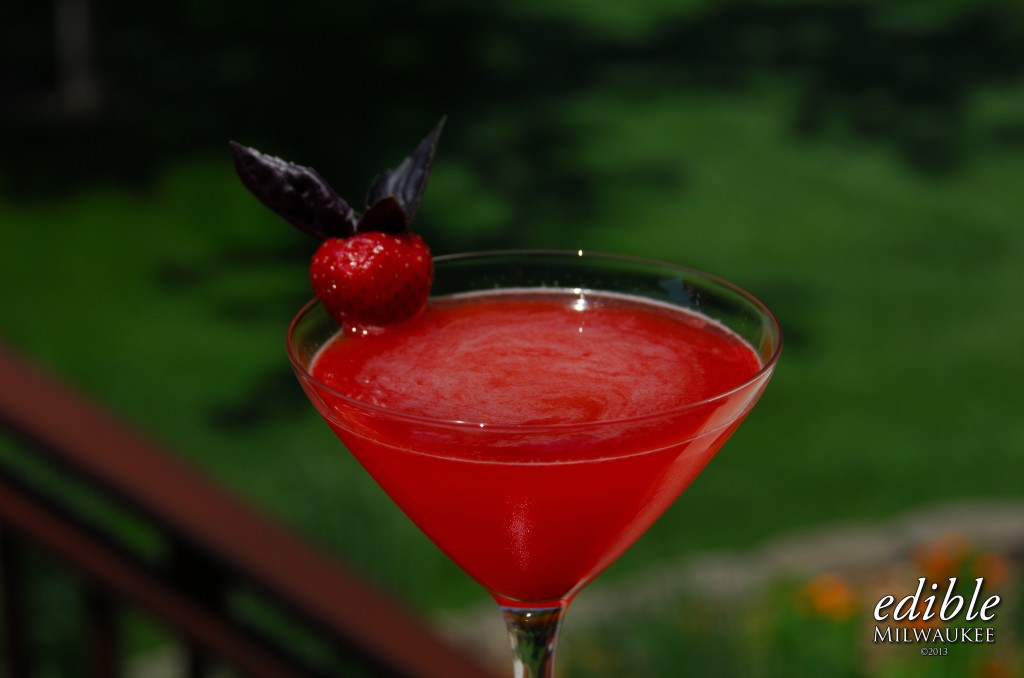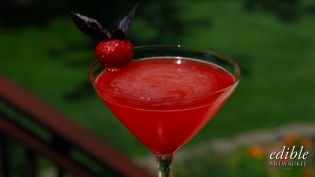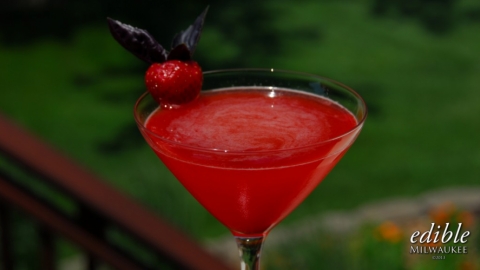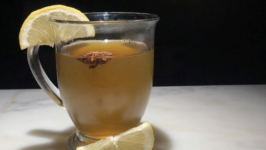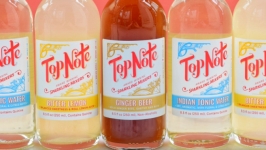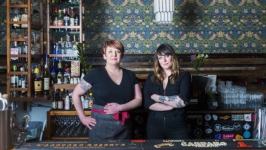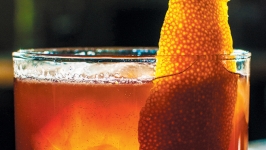Bust the Binge with Low ABV Cocktails
Wisconsin has an intimate relationship with refreshment. Whenever three or more of us are gathered, there is bound to be food and drinking. From beer and brats in parking lots to the newlyweds’ champagne toast, our style of togetherness includes a glass in hand. It’s all fun while it lasts, but the flip side of our good time is the unfortunate drunken scene when one or more of us goes too far. If you’re from around here, you know just what I mean.
Everybody knows the statistics about Wisconsin and binge drinking, so I won’t bore you with the details, except to say we have earned the reputation for over-indulgence. Every bit of it.
Slowly, though, attitudes are changing. My neighbors in Southeast Wisconsin are reconsidering how we drink. Where once we were drinking to get drunk, now we do so increasingly to enjoy the subtle effects of alcohol. I have seen the unmistakable seeds of this quiet revolution from behind the bars I tend, where I have heard and overheard a generous variety of reasons why people are turning their backs on drunkenness.
The reasons for this change come down to one factor: there is a physical limit to how much alcohol a body can metabolize. For most of us, it’s about one drink per hour. That’s one 12-oz. beer, a five-ounce glass of wine or one ounce of 80-proof spirit. Beyond this amount, the body cannot keep up and impairment sets in. Everyone has seen how a simple tipsy disagreement can turn into a heated argument or worse. Another reason some people are drinking less is that we don’t want to undo the benefits of exercise. Light drinking is a natural part of socializing, but the non-nutritive calories in our cocktails do add up. The most sobering reason to slow the clock on drunkenness is the most expensive and heartbreaking: the devastation that can come from operating any vehicle while under the influence. People are choosing moderate drinking for a variety of reasons: health and fitness, safety and economics, but these factors share a root in a heightened sense of responsibility to ourselves and our neighbors.
But the truth is, Wisconsin is not about to stop drinking.
I get it; I like drinking, too. In fact, there’s almost nothing I won’t drink. If I like you, I will even drink your pink boxed wine. I work in a brewhaus and a distillery because I believe in a middle path of enjoyment to be found in moderation. We are not turning our backs on beverage alcohol. We are changing the way we enjoy it. Modern drinking is about social enjoyment and flavor, not the sad, worn-out, dysfunctional goal of intoxication.
If it seems overwhelming to try to drink in a delicious way that is socially and economically responsible and respects your own health, I’m here to tell you that it couldn’t be any easier. Put down the 110-proof whiskey and follow me.
We strongly associate alcohol with cocktails, but in fact it is just one of the ingredients adding flavor and texture to our favorite drinks. To drink lighter, you could reach for the so-called “skinny” spirits because added water has lowered their calories, and consequently their Alcohol-by-Volume (ABV). That’s one way. Personally, I’d rather just use a little less of a truly premium spirit. Once you’ve decided what your base spirit will be, consider the other ways you interact with a cocktail: optics, flavor, scent, and texture. Lots of summer drinks have beautiful, super-saturated colors. Go for combinations of flavors: tart and sweet, bitter and sour, sweet and savory. A balanced cocktail is far more satisfying than a one-note drink. Fully appreciating the scent of a cocktail can be tricky, because the chill of ice dampens aromatics. Consider using less (or no) ice, or using an unexpected ingredient. Try a few drops of rose water in a vodka lemonade. Experiment with texture. Make it creamy with a little rum in an iced coffee, or break out the blender with some fresh berries.


